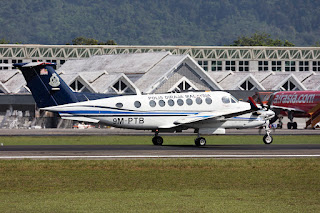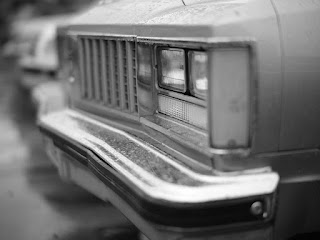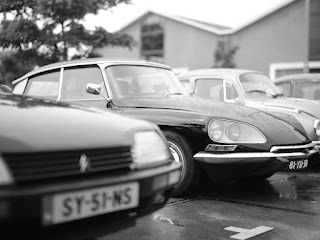LIMA 2025
The Lankawi International Maritime and Aerospace exhibition, LIMA for short, has been on my 'to do' list for a while now. This air show offers some spectacular flying, participants you won't see in the west often and Lankawi Island offers more than just this air show.
This year the stars aligned. With enough days in my schedule available and my buddy Hans joining me, our mission to Malaysia was a 'go'!
Managing expectations
In the weeks leading up to LIMA there was little to no news about participating nations and aircraft. The Malaysian Air Force, Navy and Army would be there and I was hoping for the Chinese Air Force display team which usually participates. Anything else I was happy with.
When the organisation finally released a list of participants the Chinese weren't on it. A big bummer. However the Indians would send their display team, just like the Russians and the Indonesians. I'd seen the Indians and Russians before, but they are amongst the more unusual teams so hey, not bad! Countries like Brunei, Canada, Italy, Singapore and the United States would send participants for the static display too which again was not bad at all. So I was looking forward to a good and varied air show.
My goal was to see the air show rehearsals on the final days before the show and to attend the show itself on Monday, media day. Afterwards Hans and I would travel to Alor Setar where a lot of the aircraft doing the flying display would operate from. I booked a Wednesday evening KLM flight to Kuala Lumpur and from there a flight to Lankawi, arriving Thursday in the early evening. Hans would fly a few days ahead of me as he wanted to explore the tourist attractions Lakawi had to offer.
Travelling light
So what gear would I bring to Malaysia? I wanted to travel light so I opted for my trusty Canon EOS 5DsR with my Canon EF 24-105mm f/4L IS USM and Canon EF 100-400mm f/4.5-5.6L IS II USM lenses. I brought a Canon EOS 90D as a back up camera. These would fit my Crumpler camera bag with room to spare.
Onwards and upwards
By now it was time to board the train to Schiphol.
After an uneventful flight to Kuala Lumpur (it was Thursday by now) it was time for the final hop to Lankawi. Taxiing out the weather looked ominous...
I made it to Lankawi without difficulty. In the last light I got my first glimpse of the air show participants on the main ramp. Hans was waiting for me outside the terminal. Now onwards for a full plate of nasi and a good beer.






































































